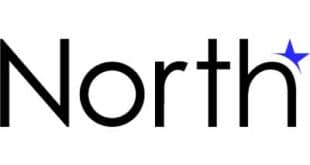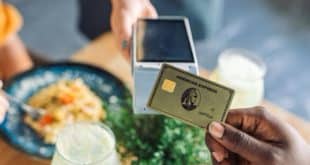Apple Inc. stole headlines for a while last month when reports surfaced that it was planning to launch a person-to-person payments service. Those reports are unconfirmed so far, but the opportunity for Apple and all the mobile and online players lies in one glaring fact: Payments between individuals are still dominated by cash and checks, even among Millennials.
Indeed, 71% of consumers made at least one person-to-person payment with cash last year, and 56% did so with a check, according to a new report from Aite Group, a Boston-based payments researcher.
Interestingly, the report dispels the myth that Millennials—persons between the ages of 18 and 34—don’t write checks. Fifty-eight percent of older Millennials (ages 26 to 34) and 53% of younger ones (18-25) wrote checks in 2014 to pay someone else. Most often, the check was to split a rent bill.
That’s according to “Sizing P2P Payments in the United States,” an update on a similar study Aite conducted in 2010. For the current report, which was released early last month, the firm surveyed more than 1,700 consumers.
Still, online and mobile alternatives are making inroads. PayPal, in particular, emerges a clear winner among electronic P2P payment providers. Among all P2P methods, paper-based or electronic, PayPal ranks third after cash and check, with 49% reporting having used the service last year.
That’s up dramatically from 15% five years ago. Among just electronic methods, PayPal ranks first with 5.7 P2P transactions per household, outstripping gift cards at 4 and online banking at 3.9.
Looking at mobile-payment methods in isolation, mobile banking comes in first at 1.4 transactions per household, followed by Venmo at 0.6. Venmo, which is part of the Braintree unit PayPal acquired in 2013, outranks Square, which accounts for 0.3 P2P transactions per household.
Venmo, with its social-networking overlay, is said to be one of the models Apple is looking at, if, of course, it’s looking at launching a P2P service.
Several factors account for the steady rise of PayPal and of electronic and mobile methods in general. One factor is PayPal’s sheer tenure. Founded in 1998, it has established a name-recognition advantage over newer services like Square Cash, which was launched only two years ago. Also, the increasing penetration of smart phones since 2010 has boosted mobile P2P. More than 79% of Millennials and Gen Xers (ages 35 to 50) have a smart phone, and more than 60% have a tablet, the report says.
Aite has a few recommendations for P2P providers, existing and potential. One is to advertise more. “[V]endors need to launch marketing initiatives aimed at making consumers aware of the services that currently exist as well as the benefits and security of the services,” the report says.
Another is has to do with collaboration. “While it is often easy to send money … receiving money is another story,” notes the report. “This lack of interconnectivity and complexity across various networks may be discouraging consumers from engaging.”
—John Stewart




